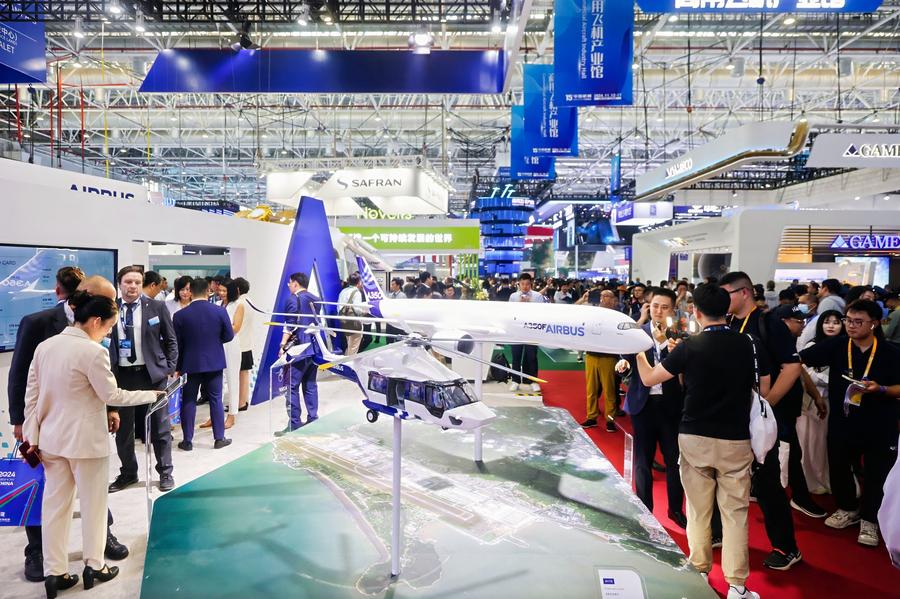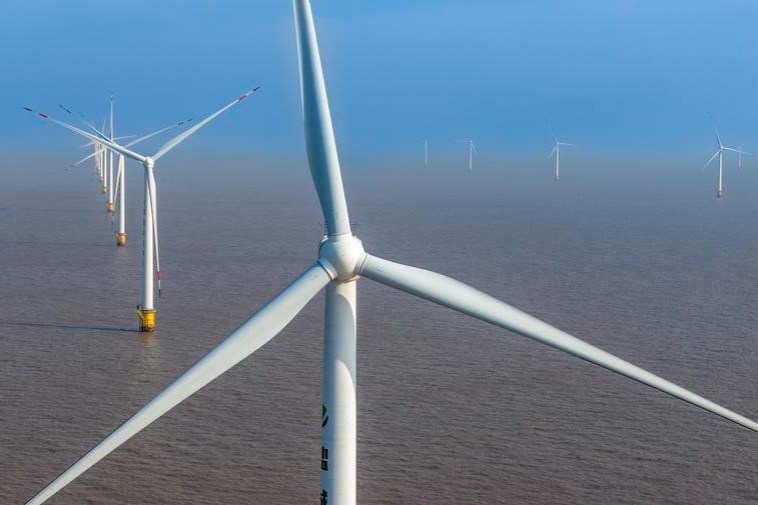Patent law revolution: China's 40-year journey from adaptation to advancement


A SHIFT TO INNOVATIVE DEVELOPMENT
The third revision in 2008 represents a turning point, a shift from merely following international standards to independently improving our systems, said Ma Yide, a professor at the School of IP under the University of Chinese Academy of Sciences.
The scholar noted that the revision embedded "enhancing innovation capabilities" into the law's purpose and added provisions mainly targeted at low patent quality, low infringement costs and patent rights abuse.
"Instead of responding to external pressures, this revision focused more on China's own needs for innovative development," Ma told Xinhua.
The effectiveness of legal support is evident: domestic patent filings surged, and China has taken the global lead in patent applications since 2019.
In 2020, the law underwent a fourth amendment, demonstrating a clearer shift towards a legal framework that is better aligned with the country's specific realities and challenges.
The latest revisions introduced punitive damages of up to five times the amount of financial losses for the right holder in intentional infringement cases, and the statutory compensation caps were raised to 5 million yuan (around $694,000).
The first beneficiary of the punitive damages was a French stroller company in a cross-border patent infringement case in the same year. The plaintiff sued three Chinese stroller manufacturers for infringing its invention patent. A court in north China's Tianjin ruled that the defendants pay punitive damages amounting to three times the plaintiff's losses.
"More foreign enterprises are choosing Chinese courts to resolve patent disputes," said Zhu Li, deputy head of the IP Court of the Supreme People's Court of China. "Today, China handles the largest number of patent cases in the world."























